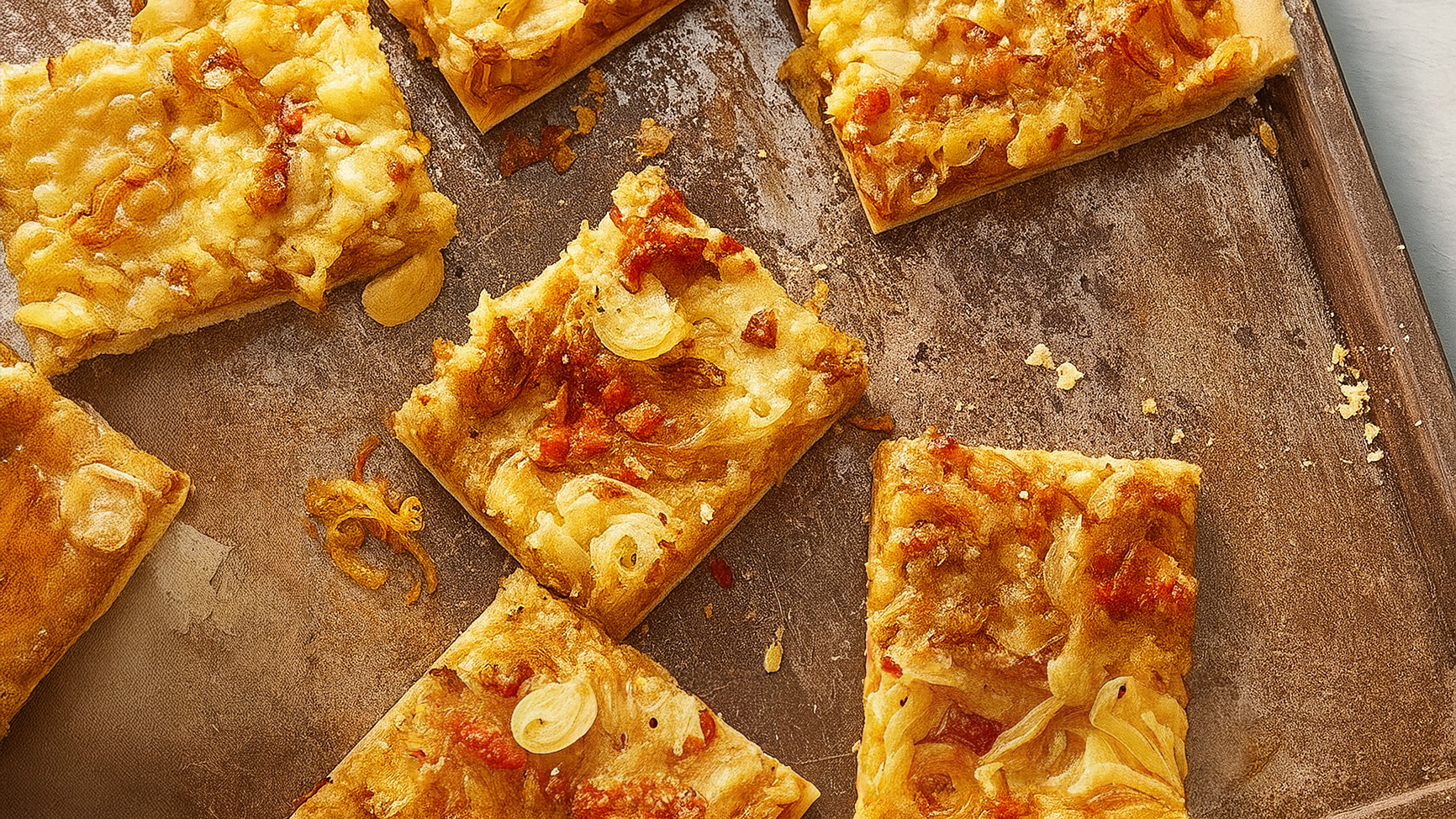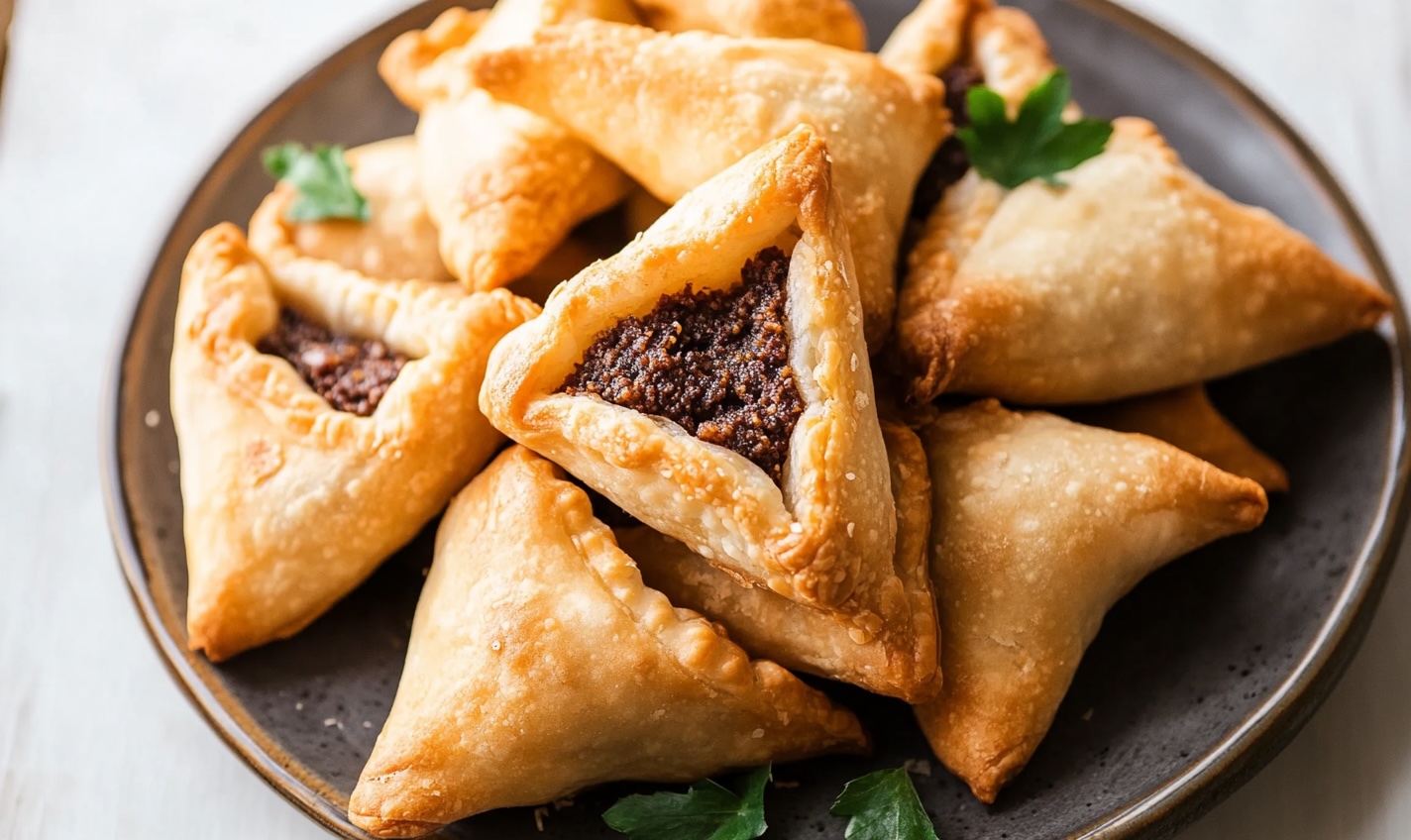Hachis Parmentier: France’s Best-Kept Comfort Food Secret
Hachis Parmentier. Even the name sounds like something you’d find in a quaint bistro tucked behind Notre-Dame, where waiters with impressive moustaches serve you with a sigh. It’s not the kind of dish that shouts for attention. No, it quietly reassures. Comfort food, but make it French.
The story of Hachis Parmentier begins with a man. Antoine-Augustin Parmentier. Potato enthusiast, which, if you’re going to be known for something, is a pretty solid legacy. Back in the 18th century, Parmentier made it his life’s mission to convince the French that potatoes weren’t just pig feed. After spending time in Prussian captivity, where he survived on spuds, he returned to France determined to rehabilitate their image. He hosted lavish dinners showcasing potatoes, even getting Louis XVI involved. Soon, the lowly tuber went from scorned to celebrated. And somewhere along this PR campaign, Hachis Parmentier was born.
At its core, it’s a simple affair. Minced beef (or sometimes leftover roast), seasoned and sautéed, then layered under a duvet of creamy mashed potatoes. Baked until golden, it’s what you’d call France’s answer to Shepherd’s Pie. Though whisper that too loudly and a French chef might throw a copper saucepan at you.
As for varieties, the basic recipe stays true, but regional adaptations do exist. In the north, you might find versions featuring pork instead of beef. In the south, Provençal twists can include herbes de Provence or a tomato base, giving a sunny Mediterranean tang. Some swankier Parisian restaurants even layer it with duck confit, turning the humble dish into haute cuisine. And if you’re dining in Lyon, expect a more rustic approach, perhaps with coarsely chopped meat rather than minced.
What makes Hachis Parmentier special isn’t just its taste. It’s the nostalgia. Ask any French person and they’ll likely recount childhood lunches at school cantines, where this was a regular feature. It’s the dish grandmothers serve when families gather. It’s reliable, like the Gallic shrug or a good baguette.
Pairing it with drinks depends on how posh you’re feeling. A sturdy red wine is a safe bet – Côtes du Rhône or Bordeaux will do the job. If you’re feeling rebellious, try a glass of Normandy cider, which cuts through the richness beautifully. And for those who fancy bubbles at every meal, a dry Crémant might add a surprising lift.
Other foods to complement? Think green beans tossed in butter. A crisp endive salad, maybe with walnuts and a sharp vinaigrette. If you want to channel your inner Parisian bistro, a crusty baguette on the side wouldn’t hurt. And perhaps a simple tarte aux pommes afterwards, to keep things traditional.
Now, let’s not pretend Hachis Parmentier is diet food. It’s potatoes and beef, after all. But there are health benefits lurking in there. Potatoes provide potassium, vitamin C, and fibre (assuming you’re not peeling them into oblivion). The beef brings protein and iron to the table. Of course, balance is key. Swapping some of the butter for olive oil or using leaner cuts can ease the conscience without sacrificing too much on taste. And no, substituting the mash with cauliflower purée might earn you glares from traditionalists, but your arteries may thank you.
Where to find it? In France, everywhere. School canteens, home kitchens, casual brasseries. If you’re wandering the streets of Paris, you might stumble upon it at Café Constant or Le Comptoir du Relais, where traditional dishes are served without unnecessary pretension. Outside France, it’s rarer but not impossible. Some French bistros in London, New York or Melbourne feature it on their menus, usually described breathlessly as “traditional French cottage pie” to coax unfamiliar diners.
Now, should you fancy making it yourself, it’s more straightforward than its name suggests.
Hachis Parmentier Recipe
Start with your mash. Floury potatoes are your best friend here. Peel them, chop them, boil them until they surrender to a fork. Mash with butter, a splash of milk, salt, pepper, and if you’re feeling decadent, a grating of nutmeg. It’s not mandatory, but it does add a certain je ne sais quoi.
For the filling, go with minced beef, unless you’ve got leftover roast to use up – in which case, congratulations, you’re living the proper post-Sunday roast dream. Fry chopped onions in olive oil until soft. Add the beef, breaking it up as it browns. Season generously with salt, pepper, and a sprig of thyme if it’s within reach. Some add a splash of white wine, others a spoonful of tomato purée, depending on which French granny’s recipe you’re borrowing.
Once cooked, layer the beef mixture into a buttered oven dish. Spoon the mash over the top, smoothing it with the back of your spoon. For extra crunch, score the surface with a fork and sprinkle with breadcrumbs or grated cheese – Gruyère is the classic choice, but no one will call the food police if you use cheddar. Bake at 200°C until the top is golden and inviting.
Let it sit a few minutes before serving, if you can muster the patience. Best enjoyed with friends, family, and at least one person who will argue about whether you got it right. Bon appétit, and may Parmentier himself smile down upon your efforts from that great potato field in the sky.



